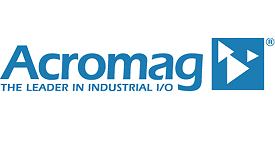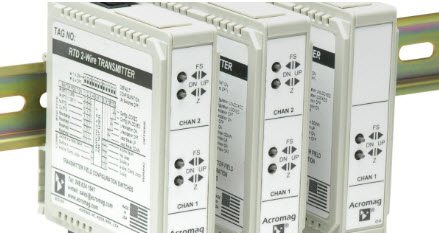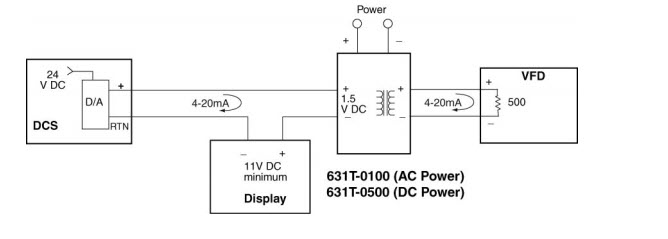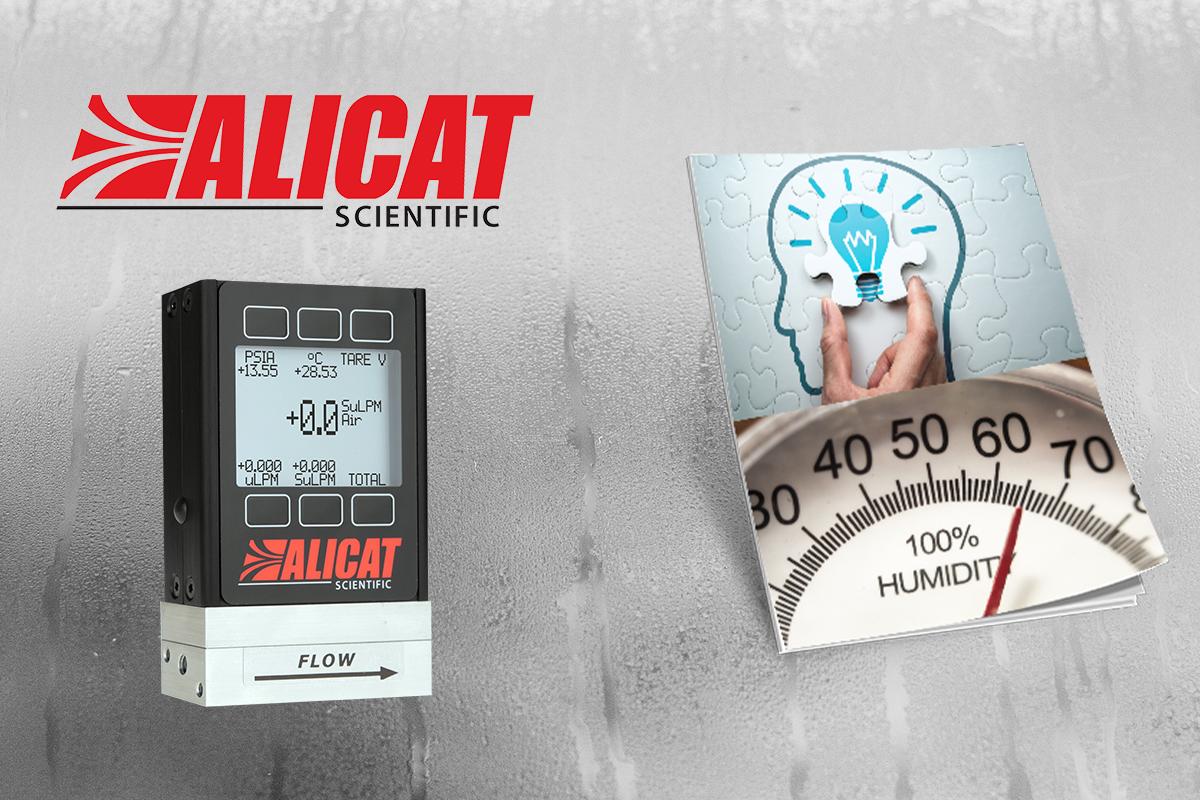
Acromag, Wixom, MI - Very often the simple task of choosing an Isolator requires more than just comparing the number of channels and the cost per point. To help you with this exercise, here are a few concepts to know when specifying a 4-20 mA Isolator.

The lowest cost approach is a Two-Wire System using Output Loop Powered devices such as our 651T-0600. This module steals power from the output loop to operate and control the 4-20mA loop to the load. Since the module requires an external output power source, it is characterized as having a Sinking Output. For loads that have a powered input connection, the 651T-0600 provides the compatible circuit. See example # 1 below.
If there is no power source on the output loop, then a 4-20mA Isolator that powers the output loop is required. This type of Isolator is characterized as having a Sourcing Output and there are two types. The lowest cost approach is a Two-Wire System using Input Loop Powered devices such as our 671T-0600. This module steals power from the input loop to operate and power the 4-20mA output loop to the load. If this device is not appropriate, then a FourWire device is available such as our 631T-0500. See example # 2 and #3 below to select the correct module.
To determine if the modules are properly matched to an application, we need to know what is the voltage level of the external power source, the total input impedance of all loads and if other peripheral devices are connected to the input loop.
Example # 1: A Pressure Transmitter with a 4-20mA Output needs to isolate its’ signal to a PLC with 24 VDC power at the input connection and the input impedance is 250 Ohms. A Chart Recorder with a 250 Ohm input impedance is also sharing the loop with the PLC. The 651T-0600 with Sinking Output can be selected. Since it is an Output Loop Powered device, there is a very low input burden on the Pressure Transmitter. The maximum voltage drop across the Input to our module will be 1.5 VDC at a full scale 20mA. For the module output, the Compliance Voltage, which is the amount of voltage source required to power the load, is calculated by: Psup = 12V + (.02 x R total). For a 500 Ohm load (this is the total resistance of the PLC and the Chart Recorder), Psup = 22VDC. Therefore, the power source from the PLC (typically 24VDC) is proper.

Example # 2: A DCS with a 24 VDC powered 4-20mA output needs to isolate its’ signal to a Variable Frequency Drive (VFD) with no power at the input connection and the input impedance is 500 Ohms. The 671T-0600 with Sourcing Output can be selected. Since it is an input loop powered device, there will be a large voltage drop across the input to our module. The voltage drop can be calculated by: V = 5V + (.02 x R total). For a 500 Ohm load, V = 15VDC. The DCS powers its Output 4-20mA using a 24VDC source so there will be 9 VDC remaining to power other devices connected to the loop if required. The 671T-0600 will perform extremely well driving loads with a maximum total input impedance of 525 Ohms.

Example # 3: Now, we have the same circuit with a display requiring 11 VDC minimum to operate connected to the DCS output loop. So, the total voltage required is 15V (671T-0600 Input Voltage Drop) + 11V (Display Input Voltage Drop) = more than the 24 VDC DCS power. The proper choice is to select the 631T modules. These isolators do not steal power from the input loop but instead receive power from separate power terminals. For the 631T, the input voltage drop is only 1.5VDC at a full scale input of 20mA (input impedance is 75 Ohms x .02A). 8400-850

About Acromag Founded in 1957, Acromag, Inc. designs and manufactures hi-tech industrial electronics. They are an international corporation headquartered near Detroit, Michigan with a global network of sales representatives and distributors. Acromag offers a complete line of embedded computing and I/O solutions. Industries served include military, aerospace, manufacturing, transportation, utilities, and scientific research laboratories. Maybe you'd also like The Importance of Isolation: Learn How to Recognize the Need for Isolation White Paper. Did this App Note help you today? Tell us what you think with these 4 quick questions. Click here to receive Acromag’s monthly eNewsletter.
Learn More here or contact Finn & Conway here.
Acromag in 5 minutes


